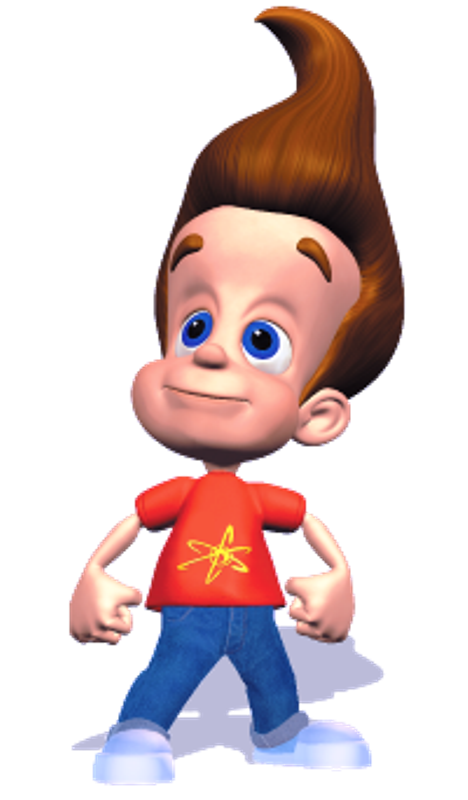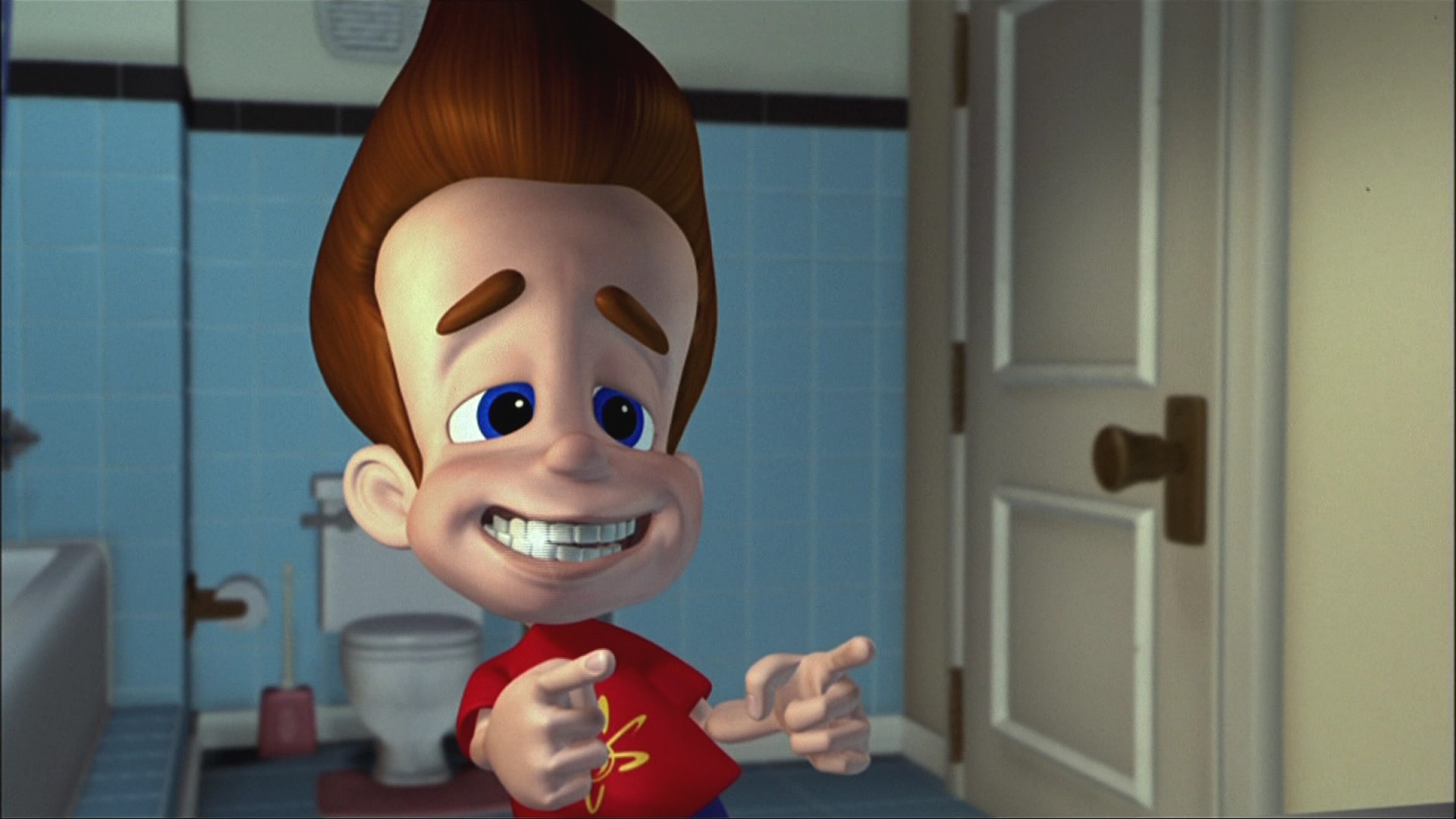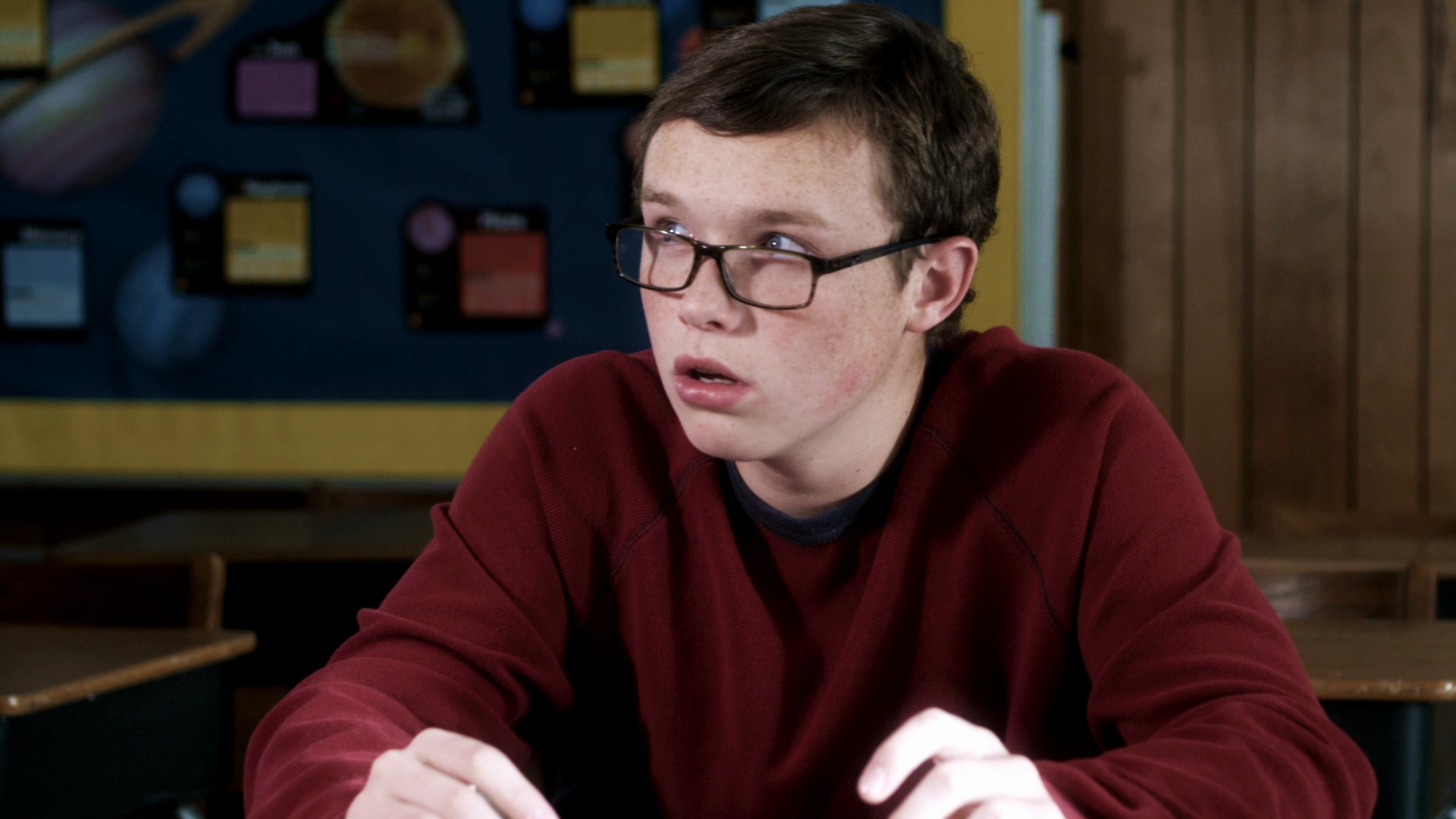Jimmy Crack Corn - Unraveling A Folk Song's Past
You know, there are some melodies that just stick with you, perhaps from childhood, that you hum without really thinking about what they mean. One such tune, a really old one, often heard as "jimmy crack corn," or sometimes called "blue tail fly," might sound quite happy and full of pep. But, actually, beneath its bright surface, this particular song holds a rather serious and quite dark story. It's a bit like finding out a cheerful-looking picture has a hidden, somber message painted within it, you know?
This well-known piece of music, which has been passed down through the years, first made its public appearance way back in the 1840s. At that time, it gained a lot of popularity, especially as certain types of stage shows, often called minstrel shows, started to become very common. So, it really found its footing during a period of significant cultural shifts and public performances, which is interesting to think about, isn't it?
For many generations, this song has sparked a lot of conversation and, in some respects, even disagreement. People have often wondered about its actual message and the story it truly tells. It's a piece that, despite its seemingly simple melody, carries a heavy weight of history and emotion, prompting listeners to dig a little deeper into what it's truly trying to communicate. Basically, it’s much more than just a catchy chorus.
Table of Contents
- The Story Behind the Tune
- What's the Real Message of "Jimmy Crack Corn"?
- Who Sang "Jimmy Crack Corn" Back Then?
- Has "Jimmy Crack Corn" Changed Over Time?
The Story Behind the Tune
This particular piece, often known as "jimmy crack corn," carries a somewhat hidden tale within its words. It’s not just a collection of sounds; it’s a narrative, a story told through music, that really gets you thinking. The song, you see, is actually about a person who was enslaved, someone who used to prepare corn for the person who held them in bondage. And, quite shockingly, the song goes on to describe this enslaved individual celebrating the passing of their master. It's a rather stark and powerful expression of feelings that were likely kept hidden for a very long time, you know?
When Did "Jimmy Crack Corn" First Appear?
The first time this song saw the light of day in a published form was, as a matter of fact, in the 1840s. It was a period when many new songs were coming out, and this one, in particular, found a wide audience. Its popularity really grew during a time when certain kinds of stage entertainment, like minstrel shows, were becoming very common. So, it’s not just an old song; it’s a piece that has roots in a specific historical moment, which is kind of interesting to consider.
From the mid-19th century onwards, this tune gained a lot of traction and, you know, it has continued to be known through the years. It has, apparently, been a part of popular culture for a very long time, appearing in various forms and settings. The fact that it has stayed around for so long really shows how much it resonated with people, both then and now, in some way.
Early Days of "Jimmy Crack Corn"
During its early days, "jimmy crack corn" was quite popular, especially among those who performed in minstrel shows. These shows, as you might know, were a big part of entertainment back then, and this song was often featured. It was one of those tunes that people would hear and, like, really connect with, even if the deeper meaning was not always openly discussed. The song, in fact, was a staple in many performances, making it a truly recognizable melody of its time.
The song's history and its actual meaning have been a subject of much discussion over the years. People have tried to figure out its full story, including the controversies that surround it. It’s a song that, in its very essence, seems to express the deeply felt emotions and the spirit of standing up against hardship that enslaved people in America experienced. So, it’s more than just a simple folk tune; it’s a piece of history set to music, basically.
What's the Real Message of "Jimmy Crack Corn"?
When you really look at the words and the story behind "jimmy crack corn," you start to see that it’s not just a lighthearted ditty. The song, you know, tells the tale of an enslaved person who, in a truly shocking turn, seems to find joy in the passing of the person who held them in bondage. It’s a very direct and, frankly, quite intense expression of feelings that were likely suppressed for a very long time. This particular aspect of the song is what gives it such a heavy and somewhat unsettling impact, arguably.
The core of the song, you could say, is about a slave who performs the task of cracking corn for his master. And then, quite starkly, it celebrates the master’s death. This part of the narrative is what makes the song so deeply rooted in the painful history of slavery. It’s a powerful, if uncomfortable, piece of music that really brings to light the harsh realities faced by enslaved individuals, you know, and their desperate hopes for freedom.
The Deeper Meaning of "Jimmy Crack Corn"
To truly get a sense of the deeper meaning of "jimmy crack corn," it helps to consider the circumstances of its creation. It’s a piece that, in a way, gives voice to the unspoken desires and the quiet acts of defiance that were present among enslaved people. The song’s words, when you really listen, speak of a yearning for liberation and a sense of resistance against a cruel system. It’s a very raw and honest portrayal of those difficult feelings, you know?
The song also touches on the idea of not caring about the master’s passing, which is a very strong statement. It suggests a complete emotional detachment from the oppressor, a refusal to mourn someone who caused such suffering. This aspect of "jimmy crack corn" highlights the profound chasm that existed between the enslaved and their masters, and the deep-seated desire for an end to their bondage. It’s a powerful testament to the human spirit’s capacity for both endurance and, in some respects, a longing for justice.
Who Sang "Jimmy Crack Corn" Back Then?
Back when "jimmy crack corn" first became widely known, a lot of its popularity came from performances in minstrel shows. These were, you know, the big entertainment acts of the 1840s. The song was often sung by performers in blackface, which is a very troubling part of its past. This practice involved white performers putting on dark makeup to caricature Black people, and it contributed to harmful stereotypes. So, the song’s initial widespread exposure is tied to this difficult and painful history, which is important to remember.
The song was, as a matter of fact, popularized by minstrel shows and various groups, like the Virginia Minstrels, who performed it. Since about 1940, it has continued to be a part of musical tradition, though its context and how it is viewed have certainly changed. It’s a piece that has stayed around, but the way people understand its origins and its impact has, thankfully, evolved over time, you know?
The Troubling Legacy of "Jimmy Crack Corn" Performances
The way "jimmy crack corn" was performed in the 19th century has left a truly troubling mark. The song, it’s been said, has actually caused distress for Black children over the years because of its clear connections to slavery. It’s not just a historical relic; it’s a piece that has, in a very real sense, carried painful reminders through generations. This aspect of its history is something that really needs to be acknowledged and understood, you know, to fully grasp the song’s impact.
The lyrics, when sung in these contexts, reinforced ideas that were deeply harmful. The association with blackface minstrelsy means that even a seemingly simple tune can carry a very heavy and difficult past. It’s a clear example of how entertainment can, unfortunately, perpetuate stereotypes and cause lasting pain. So, while the song itself speaks of resistance, its performance history is, in some respects, a stark reminder of systemic injustices.
Has "Jimmy Crack Corn" Changed Over Time?
Like many old folk songs, "jimmy crack corn" has, in a way, gone through various changes as it’s been passed from one person to another and from one generation to the next. Its exact words and even some of its melodies might be a little different depending on who is singing it or when it was recorded. This is pretty typical for traditional songs, you know, as they tend to adapt and shift over time, reflecting different voices and perspectives.
There has been, quite honestly, a lot of discussion about the precise meaning of "jimmy crack corn." In some of the very early versions, the words might have even been "jim crack corn." The phrase "jim crack" or "gimcrack" can mean something that’s been built rather poorly or is a bit shoddy. This suggests that the song’s original intent or interpretation might have been a little different from what many people assume today. It's an interesting point to consider, that the very title itself might hold a subtle, additional layer of meaning, you know?
Variations and Debates Around "Jimmy Crack Corn"
This traditional American folk song, "jimmy crack corn," has been attributed to both Black and white cultures, and its exact origins are, you know, a bit debated. It’s thought that the song’s roots go back a long way, but pinning down a single, definitive source can be tricky. This mix of cultural connections really adds to the song’s complex story, making it a topic of ongoing discussion and study, in some respects.
The song’s meaning has been discussed and looked at in various ways over the years. Some people see it as a story of a slave’s revenge on his master, a powerful expression of defiance. Others might interpret it differently, focusing on other aspects of its words. It’s a piece that, frankly, invites many different readings, which is perhaps why it has remained so captivating for so long. It seems to have a way of sparking endless debates among both younger and older listeners, you know, as they try to make sense of its somewhat abstract and, at times, nonsensical tale.
The words of the song often begin with lines like, "When I was young, I used to wait / my master sighed and hand him late / and passed the bottle when he got dry / and brushed away the." These lines, in a way, set the scene, showing the daily life and the tasks performed by the enslaved individual. They paint a picture of servitude, which then contrasts sharply with the later, more defiant parts of the song. It’s a very vivid opening, really, that draws you into the narrative.
Other parts of the song include the repeated phrase, "Jimmy crack corn an' I don't care / jimmy crack corn an' I don't care / jimmy crack corn an' I don't care / the master's gone away." This chorus is, you know, very direct and impactful. It’s a declaration of indifference, even joy, at the master’s absence, which speaks volumes about the feelings of the enslaved person. This repeated line really drives home the song’s central, somewhat rebellious, message, which is quite powerful, actually.

Jimmy Neutron Image

Jimmy Neutron - Legends of the Multi Universe Wiki

Jimmy (2013) Cast, Crew, Synopsis and Movie Info